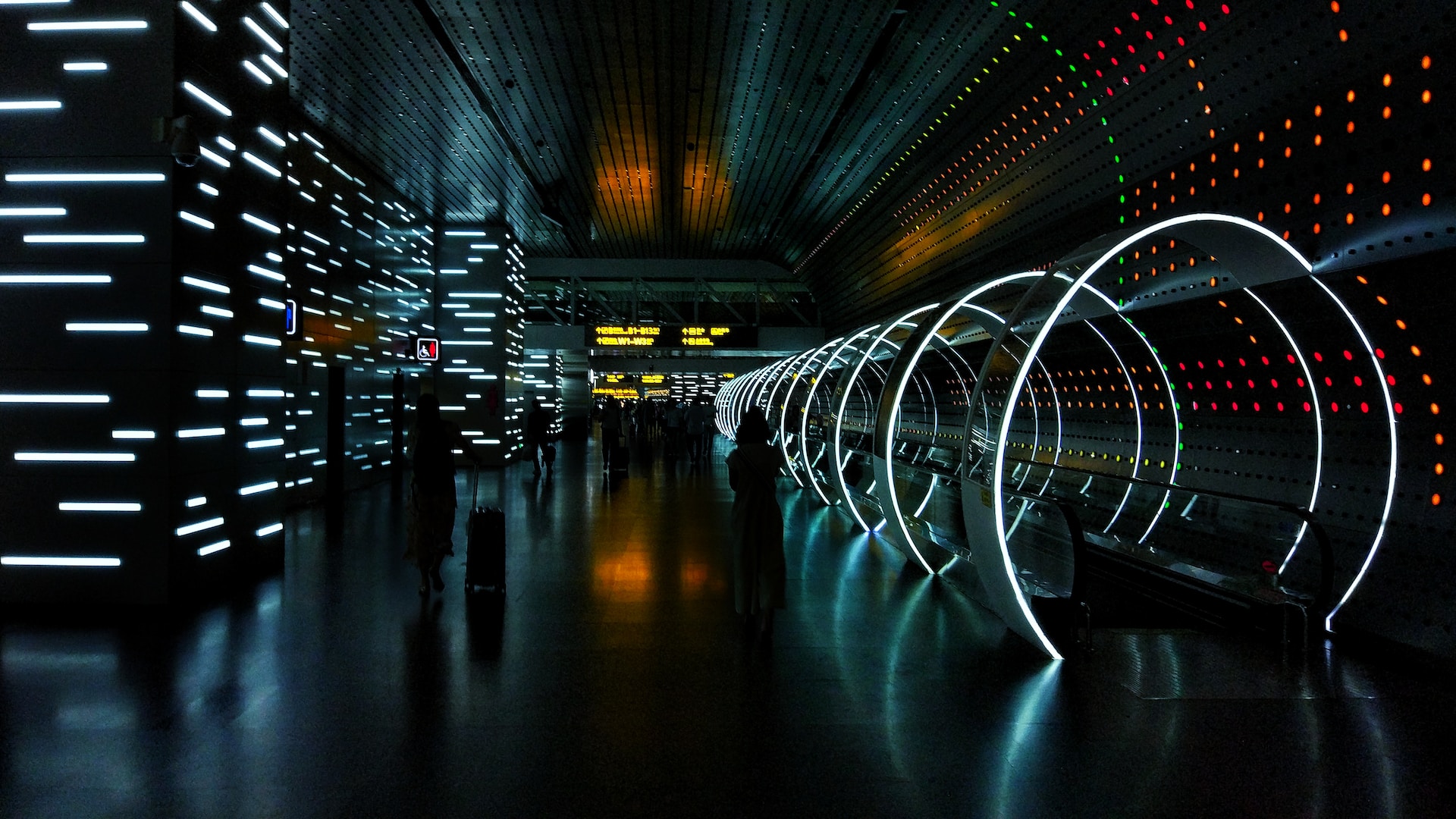Light and ranging technology has been used since the 1960s. The aim of mounting the laser scanners on airplanes was to provide distance measurements on the ground. However, it only came into use in the 1980s when GPS was developed for mobile mapping solutions.
What is LiDar?
Light and ranging (LiDAR) is remote sensing technology. It uses a pulsed laser to collect measurements by calculating distances on the ground. The light pulses create 3D information, including maps and models of the target objects on the Earth’s surface.
Types of LiDar Systems
LiDAR systems are divided into two based on their functionality;
1. Terrestrial LiDAR
A terrestrial LiDAR is installed in vehicles or tripods to collect data on the Earth’s surface. Mainly, it collects information on highways or buildings’ interior or exterior. It has two systems, including Static LiDAR and Mobile LiDAR.
2. Airborne LiDAR
Airborne LiDAR is installed in helicopters or drones to collect information. It emits lights directed to the ground, and the sensor gives the correct distance after hitting a specific object. This system is divided into two, including Bathymetric LiDAR and Topological LiDAR, 4d lidar systems.
How Does LiDAR Work?
A LiDAR works by directing light sensors to the object on the ground and returning it to the LiDAR source to give the correct measurements. The pulsed laser travels approximately 186000 miles per second to give the exact distance on the ground surface. Thus, it’s crucial to assess geospatial data useful in everyday life.
Whether using 4d lidar or Airborne LiDAR, the aim is to capture the exact data. The LiDAR maps use a laser scanning system integrated with Inertial Measurement Unit (IMU) and a Global Navigation Satellite System (GNSS). However, GeoSLAM uses the SLAM algorithm. All of these allow the collection of the proper measurements by combining a 3D presentation of the target object.
LiDAR maps give accurate positions and allow the experts to relate how the point of the object lies and the distance. The data can be presented in a point cloud, including measurements of the cities, road networks, vegetation, and bridges. It allows the viewers to make the right decisions and also pinpoint areas of interest in various points of the environment. In addition, LiDAR systems can help detect abnormalities such as dangerous slopes and surface damage to avoid further environmental damage.
Applications of LiDAR Systems
LiDAR systems have several benefits because they can be used in several applications, including;
Architecture
A laser scanner is used to survey the built environment. This includes roads, buildings, railways, bridges, and roads. Thus, it draws the necessary conclusions by determining the digital elevation and terrain models.
Automotive
LiDAR is vital for the automotive industry. Low-range laser scanners are used to navigate vehicles and give the data needed to the manufacturers before releasing the vehicles to the market.
Agriculture and archeology
In order to yield more food production, laser scanning is necessary. Farmers use it in dispersing seeds and crop scouting. In addition, LiDAR systems are used in the mapping of forest canopies.
The environment
4d lidar is crucial for ensuring environmental safety. The laser scanning helps collect data on coastal erosion, carbon stocks in the forest, and flood risk.
Oceanography
Authorities use LiDAR systems to determine the depth of the ocean, check shipwrecks if an accident happens, or when doing research. It helps to calculate the biomass of the ocean and gives the collected data.
Construction
The construction industry uses LiDAR systems to survey building projects and produce 3D models to monitor the structures, allowing structural engineers and architects to make the right decisions.
Space Travel
NASA relies on LiDAR data to collect data on space travel and to help them land lunar vehicles without challenges.
Mapping
Collecting Three-dimensional measurements during surveys requires LiDAR systems to create elevation models and terrains.
Final Thoughts
LiDAR Systems are helpful because of their applications, ranging from oceanology to space travel. Experts use these systems to acquire 3D dimensions and collect accurate measurements using helicopters and drones or placing them in strategic places in the environment. Thus, LiDAR systems ensure environmental safety by preventing flood risks or increasing crop yields. Furthermore, it’s also crucial for military operations.









